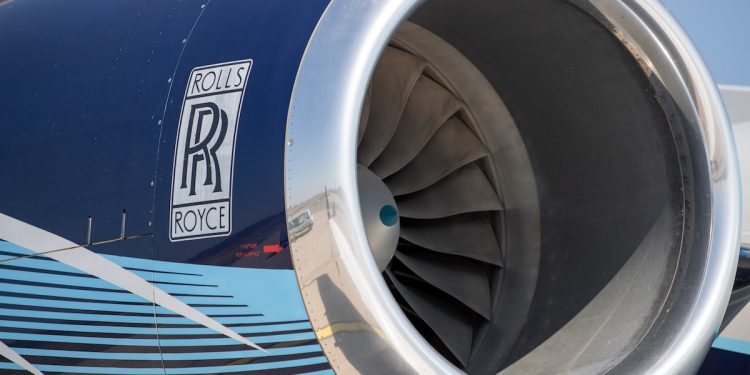Rolls Royce, the world’s second-largest maker of aircraft engines on Thursday posted a £4 billion annual loss that was worse than analysts had forecasted, an average of a £3.1 billion underlying pretax loss. The group’s reported operating loss widened to £2.1 billion from £852 million.
Despite plummeting profits as large aircraft remain grounded, the company remained optimistic that it would start to generate cash in the second half of 2021 and indicated that it was keenly looking ahead to a better future, and believed it has done enough to ride out COVID for as long as it takes.
The popular engine maker Rolls-Royce, reported a £4 billion underlying pretax loss in the year to the end of December from a £583 million profit a year earlier as underlying revenue fell to £11.8 billion from £15.5 billion.
Operating losses of the firm stood at £2.1 billion backed by a release of £620 million from the provision to rectify the problems with the Trent 1000 engine.
The company attributed the loss to as a result of a cash burn of £4.2 billion which forced Rolls to scramble to secure its future, raising £7.3 billion in debt and equity last year.
Rolls said on Thursday that it expected the cash outflows to more than halve in the current year and it planned to raise at least £2 billion from selling off some parts of the business such as the ITP Aero in Spain, even as it faced some regulatory hurdles.
The grounding of most of the world’s aircraft drained the corporate of revenue, with most of its money made servicing engines. As a corporation specialized in long-haul powerplants, it felt the downturn more acutely than others.
Rolls-Royce major income model has been where it charges airlines for the number of hours its engines fly, thus the grounding of major aircrafts globally was directly predicted to hamper the company’s financials. Engine flying hours [EFH] achieved just 43% of their air-time that they did over a similar period in 2019. Deliveries of latest engines were less than half that of 2019, at 250 units at 43%.
To curb its losses, the company said it turned to drastic measures over the past 12 months. The company was forced to let go of about 7,000 employees, and it also launched a disposal program to raise around £2 billion ($2.8 billion) and has boosted it’s balance sheet with £7.3 billion of fresh equity and debt.
“We have taken decisive actions to enhance our financial resilience and permanently improve our operational efficiency, resulting in regrettable, but unfortunately very necessary, reduction in the size of our workforce.” – Warren East, chief executive of Rolls-Royce.
Rolls Royce Outlook
Rolls-Royce said it expects engine flying hours (EFH) to recover in 2021 to 55% of the 2019 total, which will mean an extra cash outflow of £2 billion, with hours flown to rise to 80% in 2022. This is despite the company indicating that engine deliveries will remain stunted for several years, and not giving a timeline when they expect this to pick up.
Also Read: Rolls Royce Announces TotalCare Agreement with Uganda Airlines




